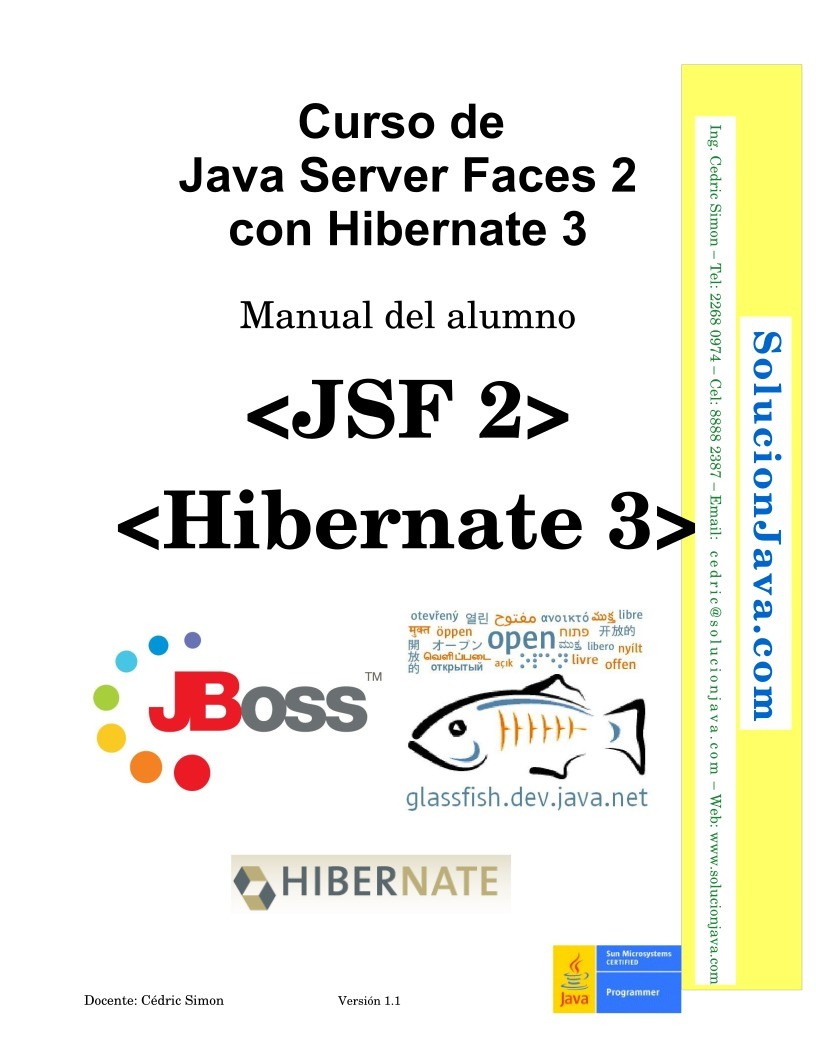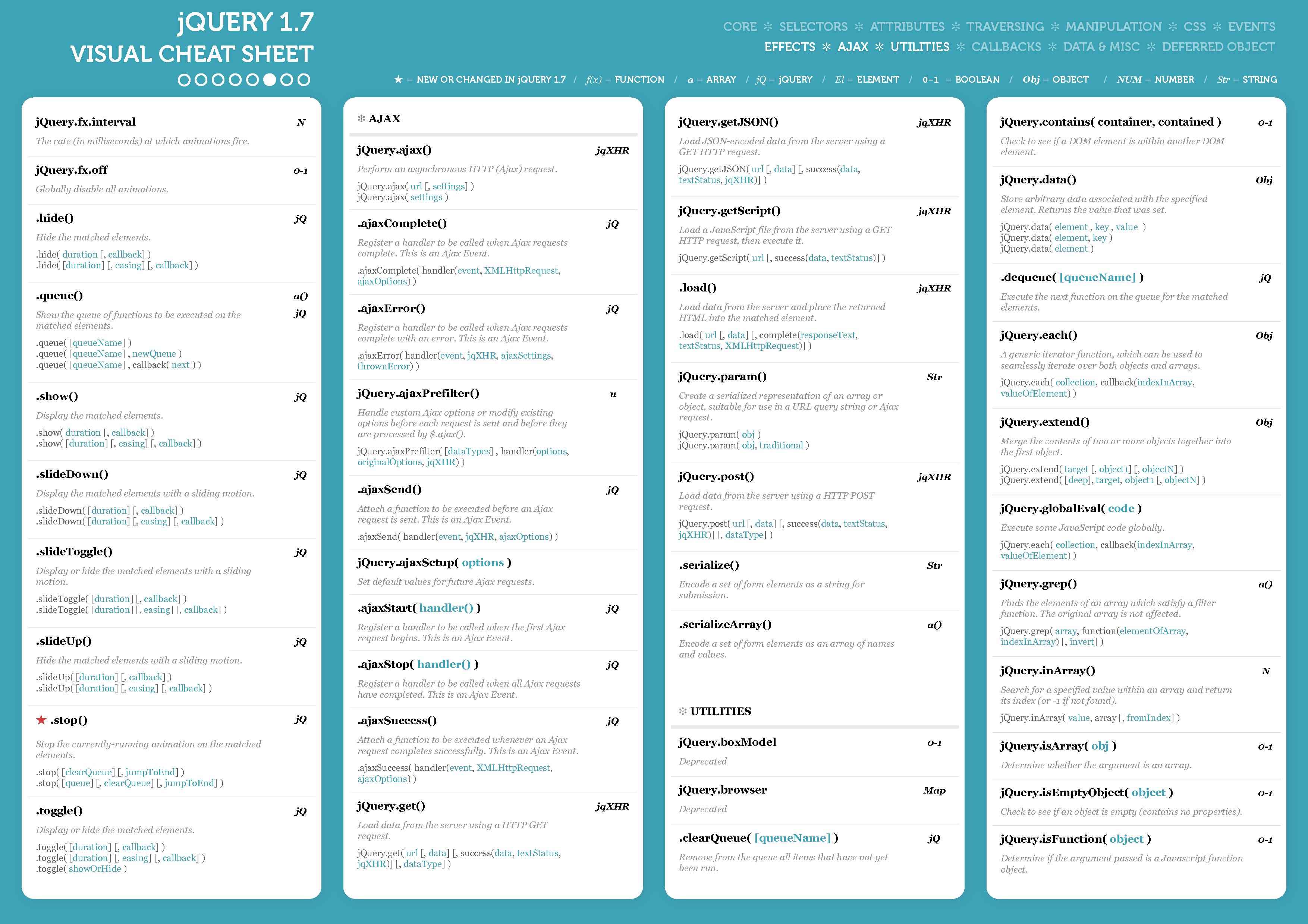The Joint Strike Fighter (JSF) Program will develop and deploy a family of strike aircraft by capitalizing on commonality and modularity to maximize affordability while addressing the needs of the Air Force, Navy, Marine Corps, and United Kingdom Royal Navy and Royal Air Force. Our JSF tutorial is designed for beginners and professionals both. JSF stands for Java Server Faces. It is a server-side Java framework for web development. Our JSF tutorial includes all topics of JSF such as features, example, validation, bean validation, managed bean, referencing managed bean method, facelets etc. This article describes how to develop JavaServer Faces web applications with Eclipse. It demonstrates managed beans, validators, external resource bundles files and the JSF navigation concept. JDK 1.6 Eclipse Indigo Tomcat 6 JAR files required for this application. Jsf-impl.jar jsf-api.jar. Take advantage of this course called Tutorial JSF in PDF to improve your Programming skills and better understand JSF. This course is adapted to your level as well as all JSF pdf courses to better enrich your knowledge. All you need to do is download the training document, open it and start learning JSF for free.

How To Open Jsf File


Jsf To Pdf Converter Online

Convert Jsf File
Home
JSF in a nutshellJSF has two main functions. The first is to generate a user interface, typically an HTML response that is served to a browser and viewed as a web page. This user interface is represented on the server by a component tree. There is a 1-to-1 mapping between elements in the component tree and elements in the user interface. The actual user interface is generated when the component tree is encoded (or rendered). This separation between component tree and user interface allows JSF to support different markup languages (HTML vs XUL) or alternative browser environments (desktop vs smartphones).The second function of JSF is to respond to user-generated events in the page by invoking server-side listeners, followed by the generation of another user interface (e.g., web page) or an update to the user interface already displayed (possibly through Ajax). In this regard, JSF is said to be an event-driven web framework. It's important to mention that JSF is part of the standard Java EE platform, which means it's built-in to any compliant Java EE application server, such as Oracle's WebLogic, GlassFish Open Source Edition, or JBoss AS. But it can also be used as a standalone library in servlet containers such as Tomcat and Jetty. Of course, there's much more to JSF than what's described here. You can read more about JSF in the specification document (choose 'for evaluation') or the myriad of resources that have been published about it, ranging from books, to articles, to blog entries. The purpose of this page is to make you more familiar with the JSF framework itself: how it is developed, where it lives, and what it has to do with a specification. Basically, what sets it apart from other web frameworks. Java and JavaServer Faces are trademarks or registered trademarks of Oracle and/or its affiliates. http://www.javaserverfaces.org is maintained and operated by members of the JSR-314 (JSF 2.0) Expert Group and dedicated community contributors.Got a suggestion to make javaserverfaces.org better? Is there a page we forgot? Please post your suggestion in the community forums. |
